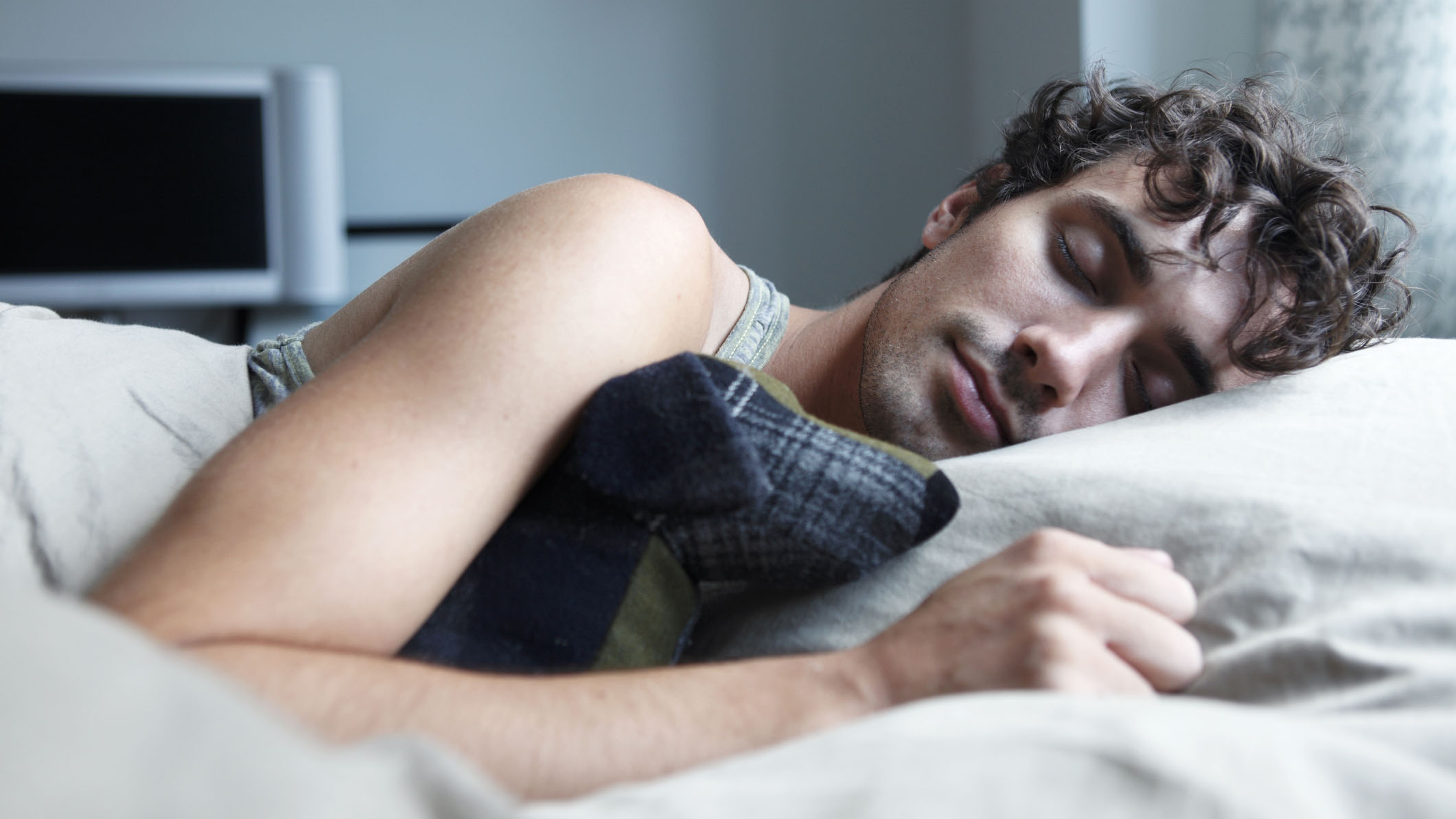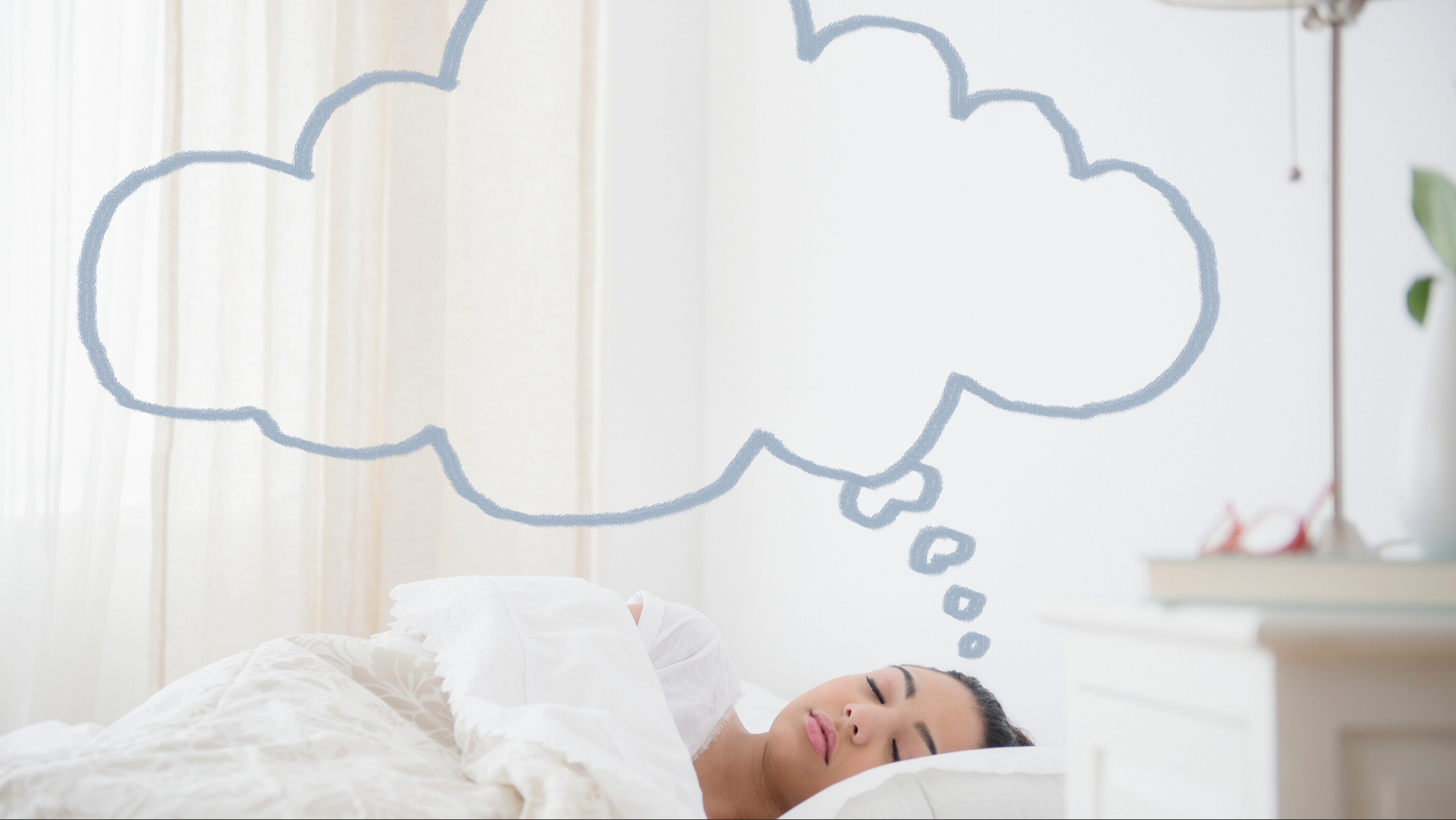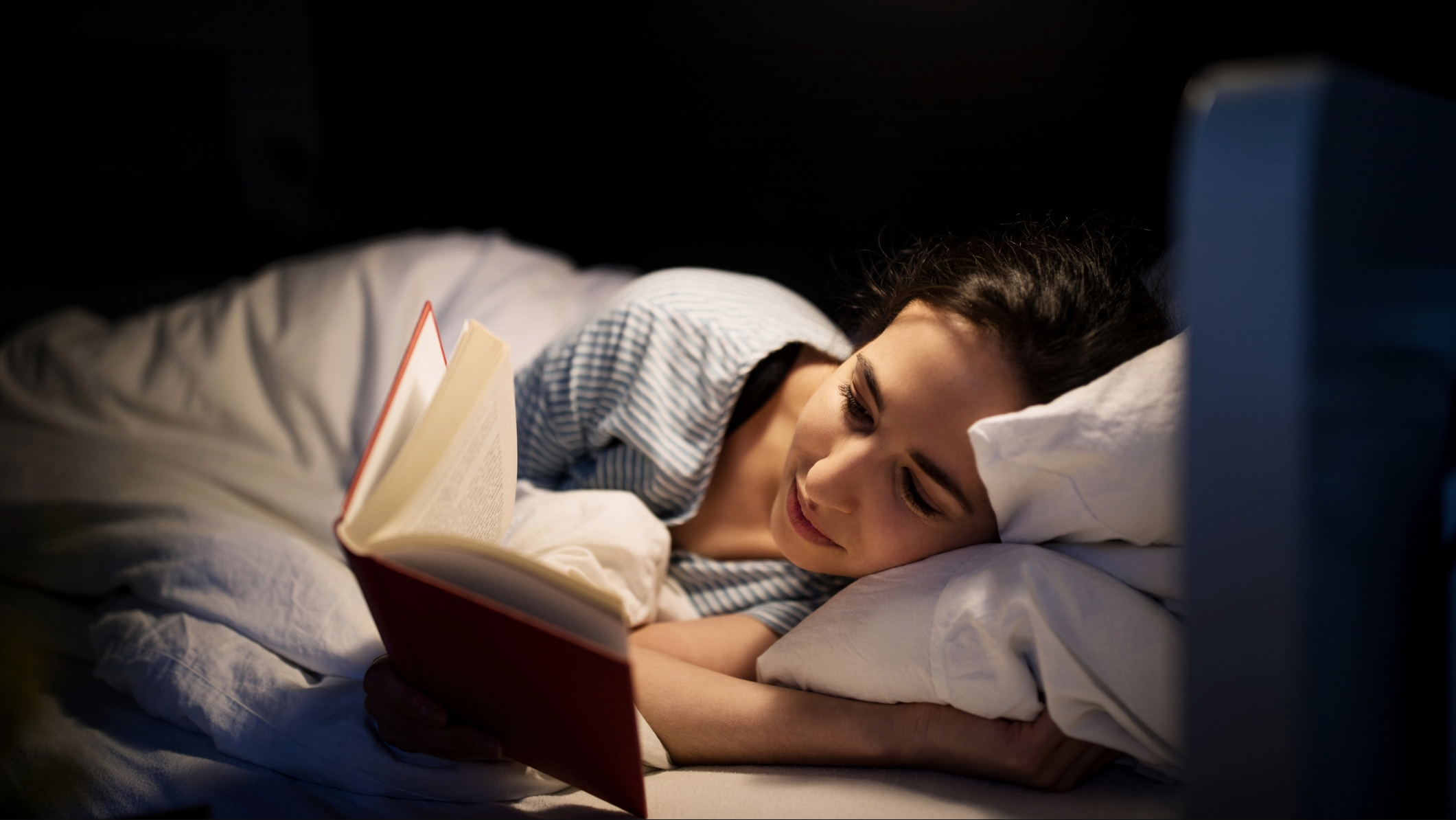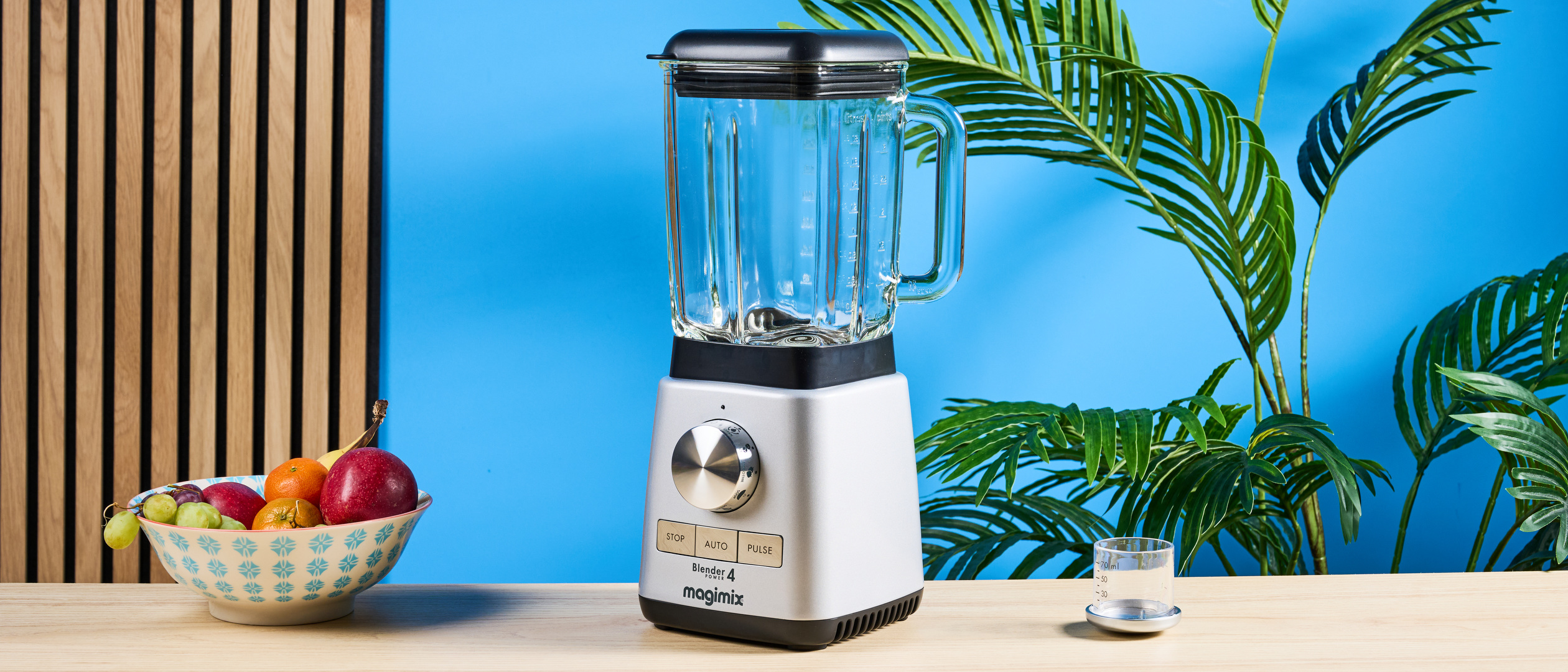3 quick ways to sleep fast come day or night— no sleep aids required
Whether you want a midday snooze or a restful sleep, these tricks will help you fall asleep fast

We all know that sleeping well is integral to our physical and mental wellbeing. It can be easy to reach out to sleeping aids when you're struggling to sleep, but it's not generally recommended to use them regularly as a solution to your sleep problems. Instead, there are some simple tricks that can help you fall asleep fast whenever you need, even if it's for a midday nap.
Even if you've invested in the best mattress and have the best nighttime routine, you might still find yourself staring at the ceiling instead of drifting off to sleep. Over time, this can lead to sleep deprivation, and it can also throw off your circadian rhythm, making it even more difficult to fall asleep when you want to.
So, whether it's stress or anxiety stopping you from sleeping, we've found the three most effective ways to fall asleep fast, and they're quick and easy to practise. We'll also be looking at how long it should take to fall asleep and some longer-term solutions for better sleep.
3 quick ways to fall asleep fast
Even though the techniques are different, the core idea behind each one remains the same — to calm your body and mind and free them from all distractions.
1. Military sleep method
As the name suggests, this technique originated as a way for soldiers to fall asleep anytime, anywhere. The military sleep method has the potential to help you fall asleep within 2 minutes as it combines ways to calm your body and mind. Follow these steps to try it out:
- Relax your face muscles, shoulders and arms (your fingers and hands too) to release built-up tension.
- Exhale deeply to relax your chest.
- Relax your feet and legs too.
- Imagine a warm sensation taking over your body from head to toe.
- Inhale and exhale to keep your mind off any stresses.
- Think of any of these two scenarios: You’re lying on your back in a canoe on a calm lake with nothing but a clear blue sky above you or you’re lying in a black velvet hammock in a pitch black room.
- Repeat the words “don’t think” over and over if you find that your mind is wandering off from this visualisation. Do this until you feel drowsy.

2. Progressive muscle relaxation (PMR)
Similarly to the military method, the progressive muscle relaxation technique focuses on relaxation. But instead of relaxing only your mind, you'll also be targeting your muscles. It involves tensing (not straining) your muscles to help reduce stress and anxiety, leading to better sleep. Here's how to do it:
- Lie down in a comfortable position and take deep breaths.
- Raise your eyebrows and hold the position for 5 second (this will tighten your forehead muscles)
- Drop and feel the tension release for 10 seconds.
- Focus on your cheeks next. Smile widely and hold for 5 seconds.
- Release and pause for 10 seconds.
- Repeat the same for other muscle groups throughout the body, starting at the head and working your way down.
- Don’t focus on finishing the process of tensing and relaxing the rest of the body, instead let yourself fall asleep naturally.
3. Cognitive shuffling
Cognitive shuffling is essentially a distraction technique created by Luc P Beaudoin, a PhD researcher in cognitive science. It involves thinking of random images, words or phrases and visualizing them, before moving on to another random image that has no relation to the thought before.
Sign up to get the BEST of Tom's Guide direct to your inbox.
Get instant access to breaking news, the hottest reviews, great deals and helpful tips.
This works by purposefully scrambling your thoughts which makes the area of your brain that rationalizes thoughts switch off. This is a key indicator to your mind and body that you're ready for sleep, and you'll be snoozing before you know it.
This is an incredibly easy method and it's great for any time of day, whether you're trying to nap on public transport or you're cozy in your own bed.

How long should you take to fall asleep?
The time that you take to fall asleep (termed as sleep latency) is generally between 10 to 20 minutes for most healthy individuals. This can differ from person to person depending on your lifestyle, sleep environment and other factors.
Despite social media popularizing the ability to sleep quickly, this isn't always a good idea. If you fall asleep under 5 minutes, it might indicate sleep deprivation or another health condition. Similarly, if you far exceed the 20-minute mark to fall asleep, you may wake up feeling groggy rather than rested.
Long-term solutions to sleep better
Training your mind and body to winddown by improving your sleep hygiene is an effective long term solution to your sleep problems. Here’s are some things that can help.
Limit screen-time before bed
There is much evidence to support the fact that screen-time affects your sleep quality. Various studies indicate how it suppresses melatonin production (the sleepy hormone), which regulates your sleep and wake cycle.
The bright light from the screen will also continue to stimulate your brain, signalling it to stay awake instead of resting. It is ideal, therefore, to keep your electronic devices away an hour or two before bed, to help your mind relax. You can instead pick up any other activity like listening to gentle music or practicing the above distraction techniques in bed to prepare for sleep.
Develop a calming routine

It is unlikely that your mind and body will simply shut off at a certain time. With all the different things that we deal with in a day, you need to take up the time to let your body and mind winddown properly before hitting the sack.
Creating a calming routine is the best to do go about this. Starting with a few gentle yoga poses or a warm shower or bath is a great way to relax your body and release any tension you're carrying. You can also grab a bedtime time warm drink while indulging in a relaxing activity like reading or journaling.
Optimize your sleep set up
Getting the right mattress and pillows for your body type and sleeping position is crucial, as these help maintain your spinal alignment, provide proper support and pressure relief while you snooze.
You can also invest in other bedding items like one of the best weighted blankets which has proven benefits for anxiety, stress and insomnia in adults. Make sure to get rid of external distractions (ambient light and noise) using black-out curtains, sound muffling ear plugs or a white noise machine.
Get adequate exposure to sunlight during the day
Experts have continue to stress just how important exposure to morning light is for good sleep. Getting sunlight early in the day creates an association between light and alertness (with the release of cortisol) in the brain which in turn helps regulate your circadian rhythms (your sleep and wake cycle).
Moreover, the sun is also a major source of vitamin D, the lack of which might result in poor sleep quality. While getting direct sunlight is said to have the most benefits for your sleep (and not just sitting by the window), some research also says that vitamin D supplements can help to a certain extent.

Becky is a Sleep Staff Writer at Tom’s Guide covering all things sleep-related including product reviews, research studies, news and explainers. She works on specialist bedding content and is responsible for buyer’s guides like the best pillows for all sleepers and best mattress protectors focusing on popular brands such as Tempur-Pedic, Avocado, Coop Home Goods and more. Becky is a PPA accredited journalist who is keen to explore the intricacies of sleep, its effects on skincare, mental wellbeing and work performance. While not thinking of sleep, she can be seen reading in cosy bookshops or learning about global food culture.
